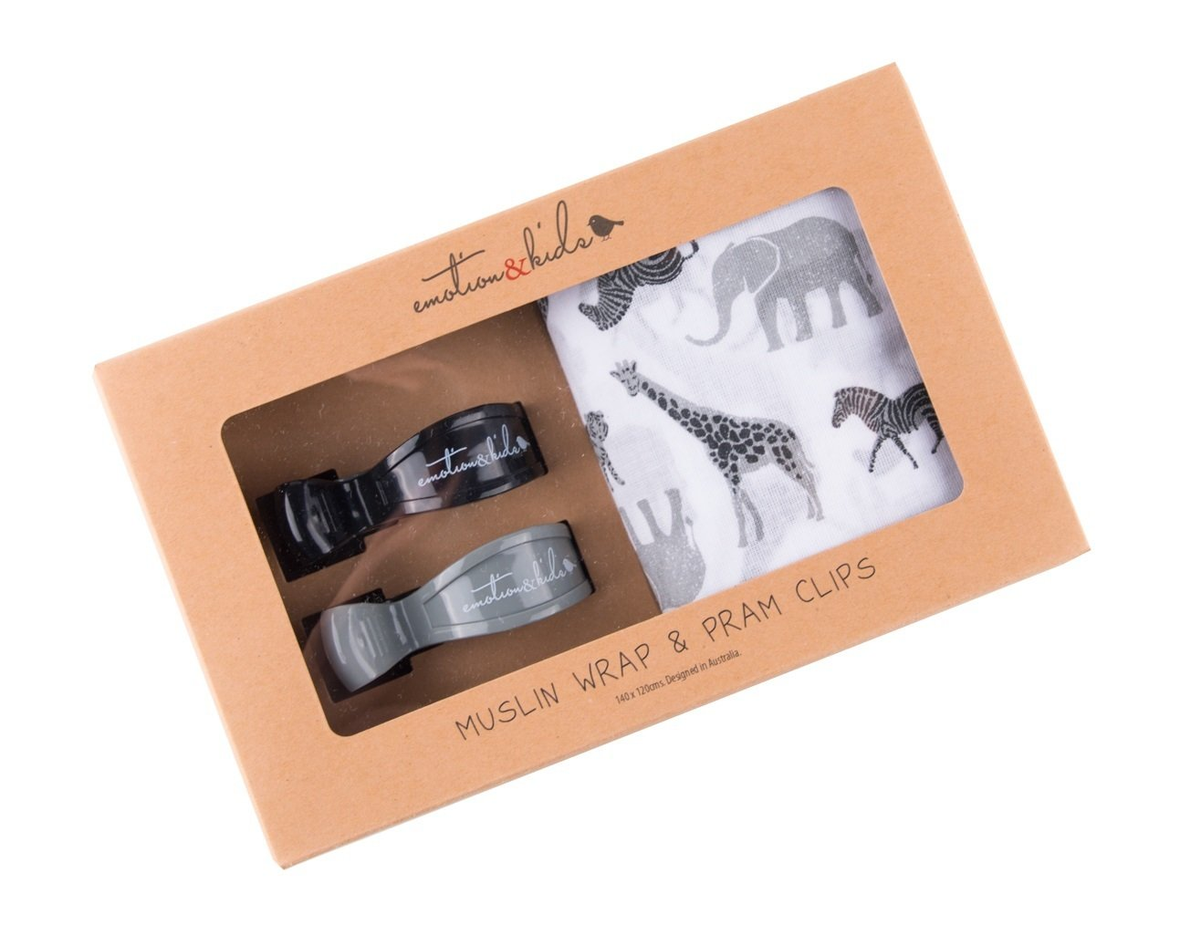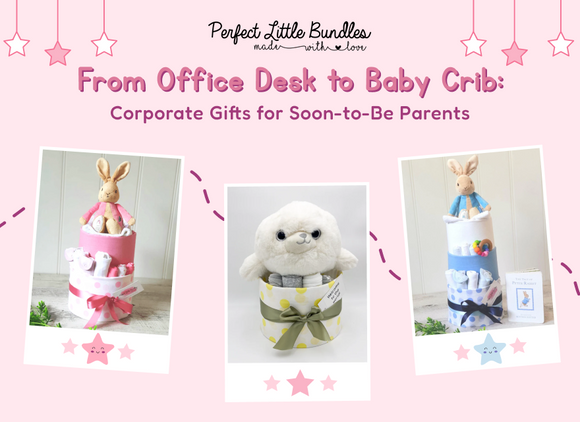
Safety Of The Baby: How To Choose A Baby Wraps/Blankets?
Jullian Cardinale
Having a baby is a blessing and we love to make sure that our child is safe and protected at all times. Baby Wraps/Blankets can be useful in a lot of situations, especially when it comes to keeping your child warm during cold winter nights. If you have a baby who will be napping for the majority of the time, investing in a decent blanket may turn out to be a lifesaver. The finest baby blanket is one that is both comfortable and safe for your little one. It can be difficult, though, to choose just the appropriate baby wrap or blanket for your precious little snuggle bug, especially with so many options available.
Listed below are some guidelines for selecting the appropriate blanket for your baby:
- First and foremost, make sure that the material you chose is gentle on your baby's skin. Cotton is the most suitable material. Choose a blanket that has a cotton layer underneath it for the best results. You can even choose the material depending on the season. If you live in a colder place then choose a softer blanket made using fabrics like silk.
- Avoid purchasing blankets that have an excessive amount of fur on them since these furs can come loose and slip into your baby's nostrils or mouth while he or she is breathing, resulting in a choking problem.
- Avoid using heavy weighted blankets because they are not made of breathable material and will trap heat. If your child sleeps with the blanket pulled over the head, it may result in suffocation.
- When purchasing a hefty baby blanket for your child, make sure that it is made of a material that allows for air circulation. Test whether air is passing through the blanket or not by placing it near the fan. Breathable material is one that allows you to feel a breeze through it when placed under the fan. If at all feasible, look for organic cotton and try to avoid synthetic fabrics.
- Stay away from synthetic or satin fabrics because they will not keep your baby warm and will also cause skin rashes or blemishes on the sensitive baby skin.
- Avoid using blankets with tassels, fringes, or ribbons that are too loose because babies can become tangled in them.
- Avoid purchasing blankets with a hood, and even if you do, avoid making your infant sleep with the hood on during the night. While sleeping if your infant pulls the hood down, this might also result in asphyxia due to the restriction of respiration.
- Make certain that you purchase your kid the appropriate size blanket, which will vary depending on your needs and requirements. If you intend to wrap your baby in a blanket, a larger size will most likely be required. Alternatively, a medium-sized blanket that covers your baby effectively and keeps her warm during the night can also be purchased.
- Give your baby a blanket that does not have tassels or other decorative embellishments that could come off or become tangled in tiny fingers and cause choking.
Safety Tips To Consider While Using A Blanket
Once you have made your purchase, here are a few points that you must consider in order to keep your baby safe while your little bundle of joy snuggles in the blanket:
- If you have a baby in a rear-facing car seat, do not cover him or her with a blanket unless another adult passenger is sitting there and is able to keep an eye on your little rider.
- If your infant's favourite blanket is their swaddle and they appreciate the sensation of being wrapped up in a bundle, take advantage of the fleeting burrito-style cuteness while it lasts. When your baby learns to roll over, it's time to transition away from the traditional wrap; it's no longer safe to keep your baby swaddled.
- A baby should not be allowed to sleep in their cot with a blanket because this increases the risk of SIDS (Sudden Infant Death Syndrome), asphyxia, and strangulation. In fact, according to the American Academy of Pediatrics, an infant should take nap in an empty cot with no cushions, bumpers, plush animals, or loose sheets and blankets to distract him or her from sleeping. Even though it doesn't seem extremely comfortable, they'll be fine as long as their clothes are suited for the occasion and weather.
- When your toddler is between the ages of 12 and 18 months, you might want to consider providing him or her a blanket for naps and sleep as well. Just make sure they are capable of lifting it and moving it on their own.
Wrapping Up
While bringing your newborn from the hospital, snuggling them up for a sleep, or setting up the scene in your nursery, your baby's favourite blanket will provide comfort and assurance of love and protection. You should expect your baby to spend a significant amount of time asleep throughout the first few months of life. That is why selecting the perfect baby blanket is so important. In this article, you have got all the factors listed out that are important in order to make sure that your baby feels safe and comfortable in the blanket!


